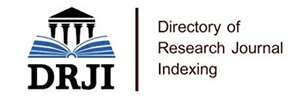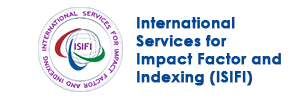
Journal Basic Info
- Impact Factor: 1.995**
- H-Index: 8
- ISSN: 2474-1647
- DOI: 10.25107/2474-1647
Major Scope
- Vascular Surgery
- Pediatric Surgery
- Ophthalmic Surgery
- Robotic Surgery
- Minimally Invasive Surgery
- Neurological Surgery
- Emergency Surgery
- Colon and Rectal Surgery
Abstract
Citation: Clin Surg. 2018;3(1):1855.Research Article | Open Access
Voice Outcomes in Laryngotracheal Stenosis: Impact of the Montgomery T-tube
Vaninder K Dhillon, Lee M Akst, Simon R Best and Alexander T Hillel
Department of Otolaryngology, Johns Hopkins University, USA
*Correspondance to: Vaninder Dhillon
PDF Full Text DOI: 10.25107/2474-1647.1855
Abstract
Objectives: Montgomery T-tubes enable patients with laryngotracheal stenosis to maintain airway patency. They also restore the ability to phonate in many patients. The primary objective is to compare voice quality of life outcomes in patients before and after Montgomery T-tube placement. The secondary objective is evaluating complications associated with T-tube placement.
Methods: Retrospective chart review of patients with T-tubes for laryngotracheal stenosis from 2012-2016. Patient demographics, Voice-Related Quality of Life (VRQoL) scores, indication for t-tube placement, t-tube duration and complications were analyzed.
Results: Thirteen patients were included. The most common indication for T- tube placement was grade III-IV stenosis with aphonia/significant dysphonia (n=7, 54%). Other indications were grade III/IV stenosis who desired T-tube over tracheostomy (n=2, 15%), primary glottic stenosis (n=3, 23%), and primary tracheomalacia (n=1, 8%). There was a statistically significant improvement (p<0.05) in VRQoL after T-tube placement. Five patients (38%) went from aphonia to voicing. Granulation tissue was the most common complication related to T tube placement. There were no deaths related to T-tube placement after two years.
Conclusion: Montgomery T-tubes can restore phonation in a population of patients with iatrogenic high grade stenosis who are aphonic/severely dysphonic with traditional tracheotomies. The complication rate must be considered, with granulation tissue formation the most common.
Keywords
Montgomery T-tube; Laryngotracheal stenosis; Voice; Quality of life; Endoscopic techniques
Cite the article
Dhillon VK, Akst LM, Best SR , Hillel AT. Voice Outcomes in Laryngotracheal Stenosis: Impact of the Montgomery T-tube. Clin Surg. 2018; 3: 1855.













